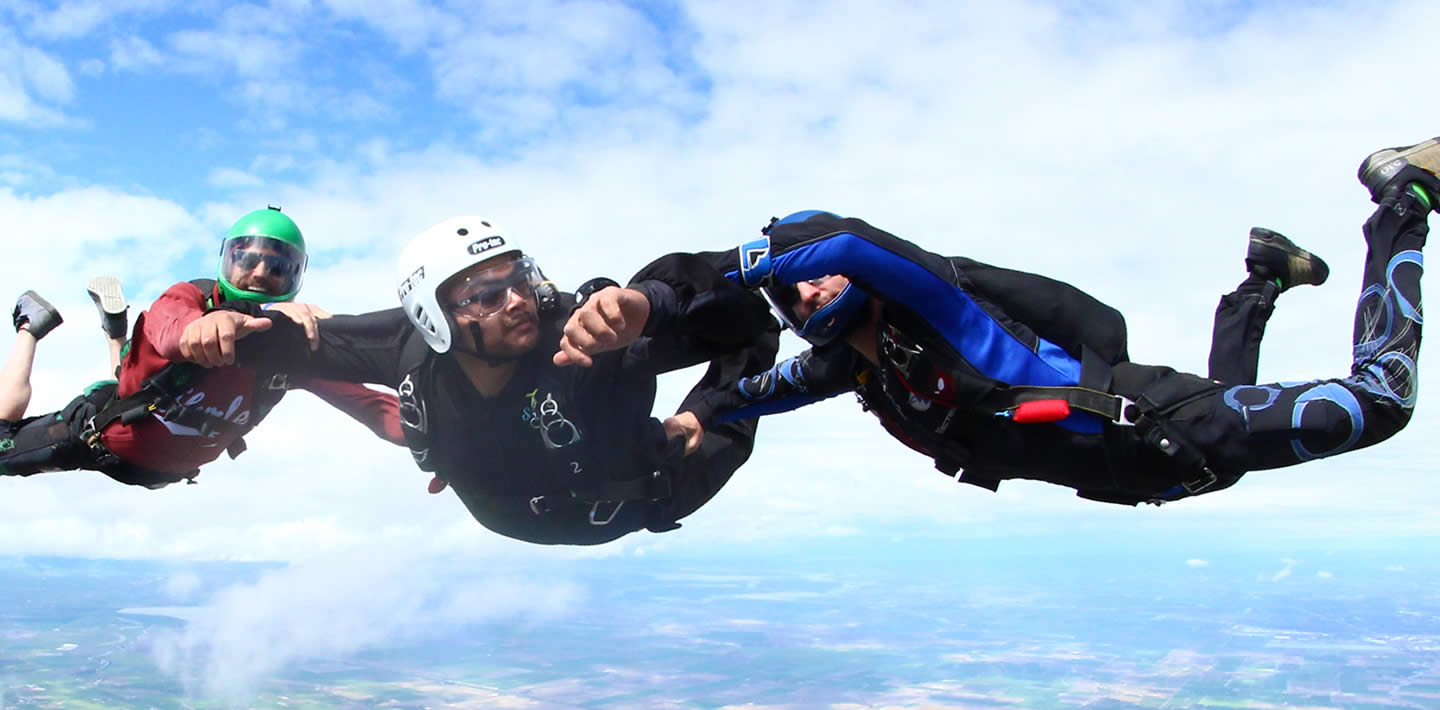Military
Human Terminal Velocity

Introduction to Human Terminal Velocity

When objects fall towards the ground, they accelerate due to the force of gravity, but they eventually reach a point where their velocity stops increasing. This point is known as terminal velocity. For humans, terminal velocity is the maximum speed at which a person can fall through the air, and it is an essential concept in understanding the physics of skydiving, parachuting, and other activities that involve falling from great heights. In this article, we will delve into the concept of human terminal velocity, its factors, and the physics behind it.
What is Terminal Velocity?

Terminal velocity is the maximum speed at which an object can fall through a fluid, such as air or water. It occurs when the force of gravity pulling the object down is balanced by the force of air resistance pushing the object up. At this point, the object’s velocity stops increasing, and it continues to fall at a constant speed. The terminal velocity of an object depends on its mass, size, and shape, as well as the density of the fluid it is falling through.
Factors Affecting Human Terminal Velocity

Several factors can affect a person’s terminal velocity, including: * Body position: The position of the body can significantly affect terminal velocity. A person falling in a belly-to-earth position, with their body flat and horizontal, can reach higher speeds than someone falling in a head-down position. * Body size and shape: A person’s size and shape can also affect their terminal velocity. A larger person will generally have a higher terminal velocity than a smaller person, due to their greater mass. * Air density: The density of the air can also affect terminal velocity. At higher altitudes, the air is thinner, and terminal velocity is higher. * Clothing and equipment: The type of clothing and equipment a person is wearing can also affect their terminal velocity. For example, a person wearing a parachute will have a lower terminal velocity than someone without one.
Calculating Human Terminal Velocity

The terminal velocity of a human can be calculated using the following formula: [ v_t = \sqrt{\frac{2mg}{\rho A C_d}} ] where: * ( v_t ) is the terminal velocity * ( m ) is the mass of the person * ( g ) is the acceleration due to gravity (approximately 9.8 m/s^2) * ( \rho ) is the density of the air * ( A ) is the cross-sectional area of the person * ( C_d ) is the drag coefficient
Table of Terminal Velocities

The following table shows the estimated terminal velocities for different body positions:
| Body Position | Terminal Velocity (m/s) |
|---|---|
| Belly-to-earth | 120-140 |
| Head-down | 50-70 |
| Feet-first | 30-50 |

📝 Note: The terminal velocities listed in the table are estimates and can vary depending on the individual and the conditions.
Real-World Applications

Understanding human terminal velocity has many real-world applications, including: * Skydiving: Skydivers use the concept of terminal velocity to control their descent and land safely. * Parachuting: Parachutists use the concept of terminal velocity to slow down their descent and land safely. * Search and rescue: Understanding human terminal velocity can help search and rescue teams locate missing people who have fallen from great heights.
Conclusion and Final Thoughts

In conclusion, human terminal velocity is an essential concept in understanding the physics of falling objects. By understanding the factors that affect terminal velocity, we can better appreciate the complexities of skydiving, parachuting, and other activities that involve falling from great heights. Whether you’re an adventure-seeker or simply interested in the physics of falling objects, the concept of terminal velocity is sure to fascinate and educate.
What is the average terminal velocity of a human?

+
The average terminal velocity of a human is around 120-140 m/s, depending on the body position and other factors.
How does air density affect terminal velocity?

+
Air density affects terminal velocity by changing the amount of air resistance an object encounters. At higher altitudes, the air is thinner, and terminal velocity is higher.
What is the difference between terminal velocity and free fall?

+
Terminal velocity occurs when the force of gravity is balanced by the force of air resistance, while free fall occurs when an object is falling with no air resistance.



